Bridging Loans: A solution for buying before selling
In a fast-moving property market, timing is everything. You may find your dream home before selling your current one, but without the right financial solution, you could miss out. That’s where a bridging loan can help.
A bridging loan allows you to buy your next home before selling your current property, giving you the financial flexibility to secure your next home, potentially avoid unnecessary costs, and sell on your own terms. Here’s a quick guide to how bridging loans work and how they can benefit you.
What is a Bridging Loan?
A bridging loan is a short-term loan that helps you secure a new property before selling your existing home. It bridges the gap between buying and selling, so you can move forward without delays.
Here’s how it works:
- The loan covers the purchase price of your new home, your current mortgage balance, and any additional costs (like stamp duty).
- Interest is often added to the loan amount, with options for no monthly repayments during the bridging period.
- Once your current home sells, the proceeds are used to repay the bridging loan.
This means you can buy first, sell later, and take your time to get the best price for your current property.
Key benefits of a Bridging Loan
- Buy first, sell later
A bridging loan lets you secure your next home without waiting to sell. This gives you more control and flexibility over both transactions, helping you avoid rushed decisions. - Avoid temporary living costs
Selling first often means moving into short-term accommodation while waiting to buy. A bridging loan allows you to move directly into your new home, saving you the hassle and expense of renting or moving twice. - Maximise your sale price
You can tap into your home’s equity to make value-adding renovations before selling, boosting its appeal and potential sale price. Plus, with no rush to sell, you can time the market to your advantage. - Act quickly in a competitive market
Found your dream home but haven’t sold yet? A bridging loan gives you the freedom to act fast, ensuring you don’t miss out on the right opportunity. - Flexibility with settlements
Coordinating the sale and purchase of two properties can be tricky. A bridging loan lets you handle each transaction at your own pace, allowing you to streamline the process and helps you avoid penalties from delayed settlements.
Is a Bridging Loan right for you?
A bridging loan might be a good fit if you:
- Want to upsize or downsize without the pressure of selling first
- Need flexibility to buy and sell on your own timeline
- Want to avoid renting or moving twice
- Plan to renovate your current home to increase its value
- Found the perfect home and need to act fast
How I can help
As your mortgage broker, I have access to a range of bridging finance options in the market.
If you’d like to learn more or discuss your options, I’d be happy to guide you through the process and answer any questions.
A bridging loan allows you to buy your next home before selling your current property, giving you the financial flexibility to secure your next home, potentially avoid unnecessary costs, and sell on your own terms. Here’s a quick guide to how bridging loans work and how they can benefit you.
What is a Bridging Loan?
A bridging loan is a short-term loan that helps you secure a new property before selling your existing home. It bridges the gap between buying and selling, so you can move forward without delays.
Here’s how it works:
- The loan covers the purchase price of your new home, your current mortgage balance, and any additional costs (like stamp duty).
- Interest is often added to the loan amount, with options for no monthly repayments during the bridging period.
- Once your current home sells, the proceeds are used to repay the bridging loan.
This means you can buy first, sell later, and take your time to get the best price for your current property.
Key benefits of a Bridging Loan
- Buy first, sell later
A bridging loan lets you secure your next home without waiting to sell. This gives you more control and flexibility over both transactions, helping you avoid rushed decisions. - Avoid temporary living costs
Selling first often means moving into short-term accommodation while waiting to buy. A bridging loan allows you to move directly into your new home, saving you the hassle and expense of renting or moving twice. - Maximise your sale price
You can tap into your home’s equity to make value-adding renovations before selling, boosting its appeal and potential sale price. Plus, with no rush to sell, you can time the market to your advantage. - Act quickly in a competitive market
Found your dream home but haven’t sold yet? A bridging loan gives you the freedom to act fast, ensuring you don’t miss out on the right opportunity. - Flexibility with settlements
Coordinating the sale and purchase of two properties can be tricky. A bridging loan lets you handle each transaction at your own pace, allowing you to streamline the process and helps you avoid penalties from delayed settlements.
Is a Bridging Loan right for you?
A bridging loan might be a good fit if you:
- Want to upsize or downsize without the pressure of selling first
- Need flexibility to buy and sell on your own timeline
- Want to avoid renting or moving twice
- Plan to renovate your current home to increase its value
- Found the perfect home and need to act fast
How I can help
As your mortgage broker, I have access to a range of bridging finance options in the market.
If you’d like to learn more or discuss your options,
we’d be happy to guide you through the process and answer any questions.



